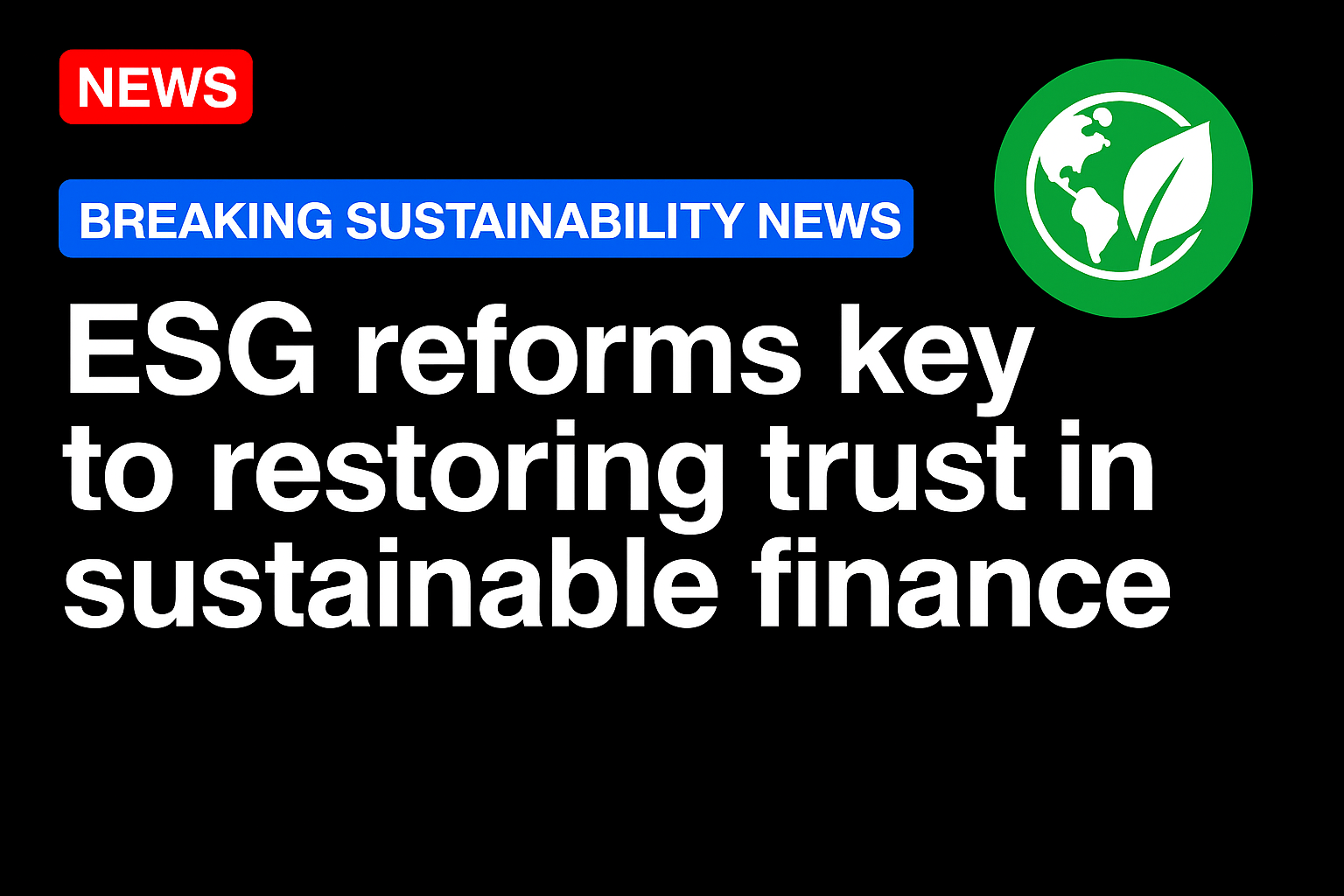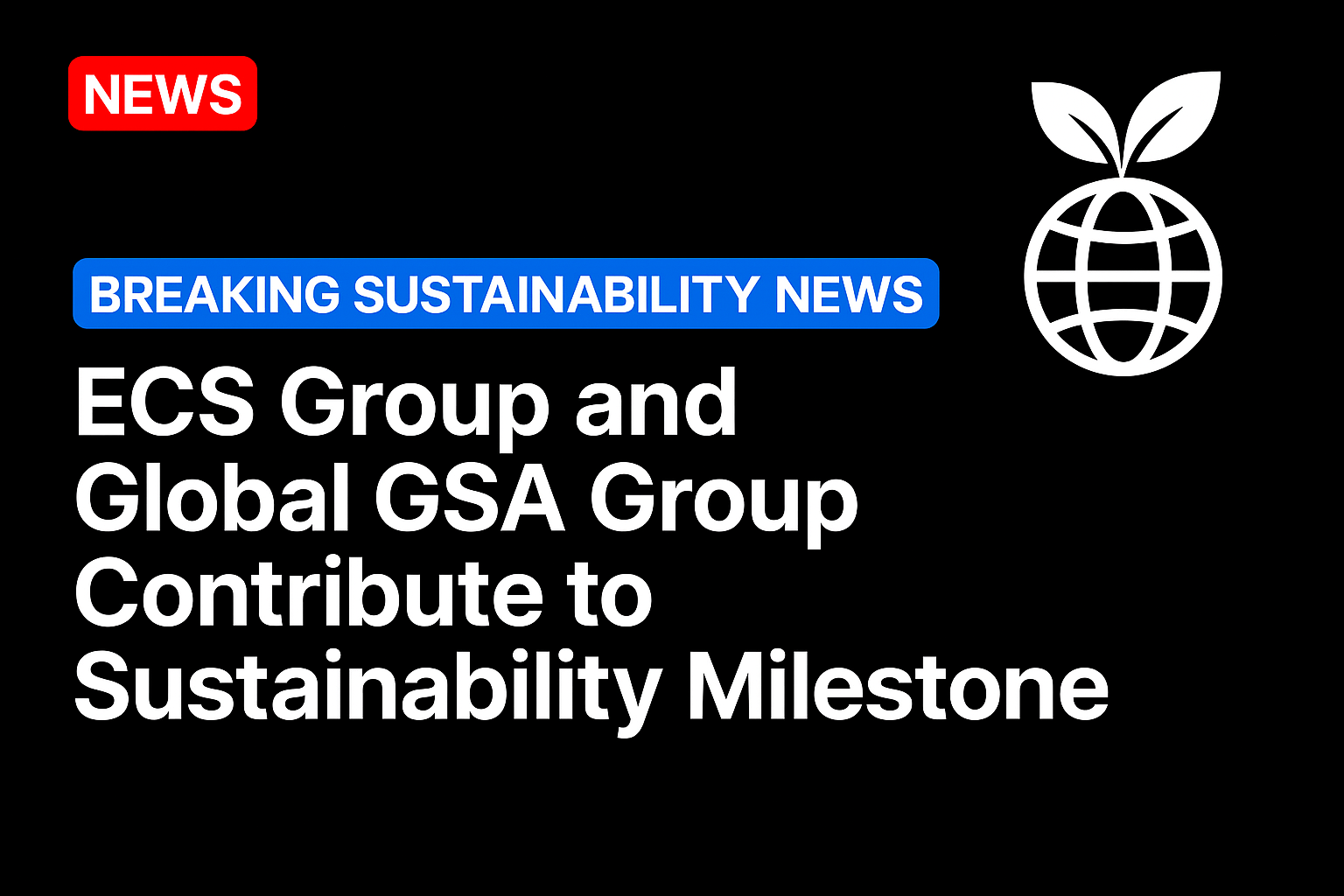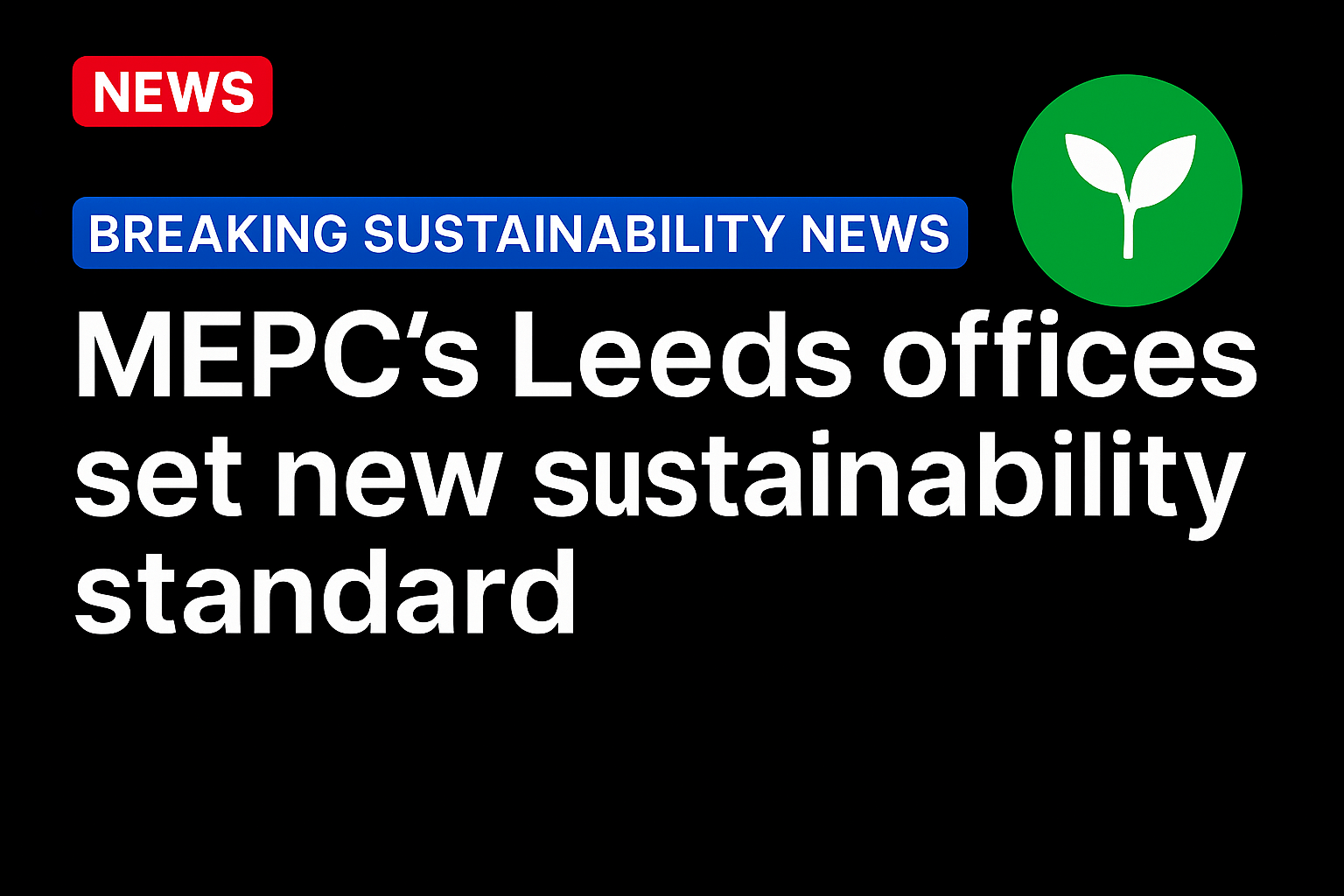The global sustainable finance market has reached an inflection point. With the United Nations estimating that US$4 trillion (RM16.9 trillion) annually is required to achieve the Sustainable Development Goals, ESG (environmental, social, and governance) investing has moved from the periphery to the centre of financial decision-making. Yet fundamental challenges threaten to undermine its credibility and effectiveness.
The evolution from socially responsible investing in the 1990s through corporate social responsibility in the 2000s to today’s ESG framework reflects a growing recognition that non-financial factors materially affect long-term returns. However, this progression has exposed critical structural weaknesses in how we measure and verify sustainability claims.
The most pressing issue facing sustainable finance is the absence of standardised ESG metrics. Different rating agencies routinely assign contradictory scores to the same company, creating confusion for investors and opportunities for manipulation. While quantifiable factors like carbon emissions can be measured with reasonable accuracy, subjective elements such as governance quality remain poorly defined. This inconsistency enables “rating shopping”, where companies selectively engage with agencies likely to provide favourable assessments.
The reliance on self-reported data compounds these problems. Without mandatory third-party verification, companies face few barriers to exaggerating their sustainability credentials. This has given rise to various forms of misrepresentation: greenwashing (inflated environmental claims), brownwashing (concealing harmful practices), and greenhushing (deliberately understating sustainability efforts to avoid litigation). Each undermines market integrity and investor confidence.
As an example of the perverse incentives created by ESG frameworks, consider Malaysia’s used cooking oil (UCO) market. European regulations favour sustainable aviation fuel made from waste products like UCO over virgin palm oil, creating a premium for supposedly “used” oil. The result: fresh cooking oil in Malaysia sells for approximately US$0.60 per kilogram while UCO commands US$1.00. This price differential has spawned an entire fraudulent ecosystem where fresh oil is passed off as used, defeating the environmental purpose while enriching intermediaries. Criminal syndicates have emerged to exploit this arbitrage, mixing subsidised fresh oil with UCO shipments. The environmental impact is precisely opposite to what regulators intended — instead of reducing waste, the system creates additional demand for palm oil production and associated deforestation.

Professor Dr Raghavendra Rau
This cooking oil fraud exemplifies a broader pattern in sustainable finance: well-intentioned regulations creating unintended consequences. When the market values the appearance of sustainability more than actual environmental impact, rational actors will supply that appearance. The UCO case demonstrates how ESG metrics, divorced from rigorous verification, become vehicles for fraud rather than instruments of change.
Current regulatory frameworks remain inadequate to address such systemic failures. The UN-backed Principles for Responsible Investment, while well-intentioned, lack enforcement mechanisms. Signatories can claim adherence without meaningful implementation, reducing these principles to symbolic gestures. The European Union’s binding regulations offer a more promising model, yet as the UCO example shows, even mandatory frameworks can be subverted without proper verification systems.
Recent empirical evidence raises additional troubling questions about ESG implementation. Research on board diversity reveals that companies with female directors experience greater IPO underpricing — approximately US$13 million more left unclaimed. This suggests that markets may value the appearance of ESG compliance over substantive impact, indicating that much ESG adoption remains performative rather than transformative.
The tension between fiduciary duty and sustainability goals has become increasingly apparent. BlackRock’s legal challenges exemplify this conflict, with the asset manager facing lawsuits from both ESG advocates and critics. This highlights the fundamental question: can investment strategies prioritise sustainability while maintaining competitive returns? The financial sector’s response to this question will shape the future of sustainable investing.
These challenges occur against a backdrop of declining public trust in financial institutions. Survey data indicates that confidence in finance professionals has deteriorated more rapidly than in other sectors since the mid-1990s. This erosion of trust creates additional obstacles for ESG adoption, as sceptical stakeholders question whether financial institutions can credibly champion sustainability.
Proposed technological solutions present their own paradoxes. Blockchain technology could enhance transparency in ESG reporting, but its significant energy consumption contradicts environmental objectives. Such contradictions illustrate the complexity of implementing sustainable finance solutions.
For Malaysian financial markets, these global trends carry important implications. The UCO fraud case demonstrates how local markets can be distorted by international ESG requirements. As international investors increasingly integrate ESG factors into allocation decisions, local companies and financial institutions must navigate between genuine sustainability commitments and performative compliance. The choice of regulatory approach — voluntary guidelines versus mandatory standards with robust verification — will significantly influence market development.
The path forward requires addressing fundamental weaknesses in the ESG ecosystem. Standardised metrics must replace the current patchwork of rating methodologies. Independent verification should become mandatory, not optional. Regulatory frameworks need enforcement mechanisms that ensure accountability. Companies must move beyond symbolic gestures to substantive changes in business practices.
Financial institutions face a credibility test. After decades of prioritising short-term profits, they must demonstrate that their commitment to sustainability extends beyond marketing rhetoric. This requires acknowledging trade-offs between immediate returns and long-term sustainability, rather than perpetuating the fiction that all ESG investments automatically enhance profits.
The sustainable finance sector stands at a critical juncture. The gap between its promise and current practice threatens to undermine legitimate efforts to align financial markets with environmental and social objectives. As the Malaysian UCO case illustrates, without rigorous verification and enforcement, ESG frameworks can create perverse incentives that worsen the very problems they aim to solve. Closing this gap demands rigorous standards, authentic leadership, and regulatory frameworks that distinguish genuine sustainability from performative compliance.
The US$4 trillion question is not whether sustainable finance can work, but whether market participants will implement the reforms necessary to make it work. For emerging markets like Malaysia, the decisions made today will determine whether sustainable finance becomes a driver of meaningful change or another chapter in the long history of financial sector disappointments.
Source: https://theedgemalaysia.com/




